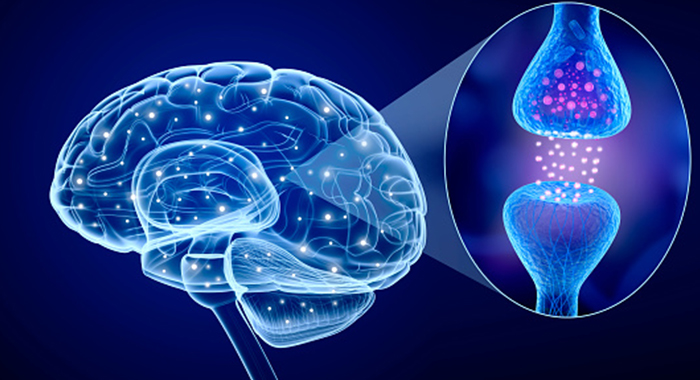Dr. Joon Faii Ong is a recognized expert on Parkinson’s Disease. In this article, Dr. Ong goes over the history of Parkinson’s Disease from ancient times to the present.
Who Discovered Parkinson’s?
The first mention of a shaking palsy dates back to an Egyptian papyrus in 1550 BCE. The term “shaking palsy” was used by the well-known English physician James Parkinson in his 1817 publication, An Essay on the Shaking Palsy.
Shifting Paradigms
Although most people suffering from Parkinson’s are over 60 when diagnosed, the disease was originally described by James Parkinson in patients under the age of 50. However, there were no known pathological descriptions until Alzheimer’s in 1907, when Drs identified Lewy bodies. Alois Alzheimer and Friederich Lewy in 1912.
Rosalie Edith Frankenberg (1897–1944), a German neurologist, was the first to describe a Parkinsonian patient with dementia in 1919.
We now know that this is an essential feature of PD where over 50% of patients develop dementia due to the accumulation of α-synuclein protein deposits in their brains. These protein accumulations are known as Lewy bodies and Lewy neurites discovered by Dr. Lewy in 1912, a full ten years before Dr. Parkinson described his patients with shaking palsy.
Genetics and Risk Factors for Parkinson’s Disease
As you might have guessed already, there is no single cause for PD. Instead, the disease is highly complex, involving multiple factors that range from environmental to genetic.
For instance, family history (genetics) is the most important risk factor for PD. The risk increases with the number of affected relatives and increases with younger age at onset of disease in the relative who is already affected.
What’s behind this? Many susceptibility genes have been identified by studying large numbers of people with Parkinson’s Disease. Two major forms of PD have different genetic risks.
The first form, known as early-onset disease, is usually diagnosed in people below 50 and tends to run in families. Mutations in the SNCA gene on chromosome 4 (designated LRRK2) have been found in some patients with early-onset Parkinson’s and account for up to 13% of familial cases.
The second form, late-onset disease or sporadic PD, accounts for 95% of age-related causes.
Environmental factors such as exposure to certain pesticides and other toxins can significantly increase the risk for Parkinson’s Disease. For instance, several cases of PD have been traced to exposure to MPTP (1-methyl 4-phenyl 1,2,3,6-tetrahydropyridine) from contaminated heroin in the late 1970s.
In addition, two large clinical trials with subjects exposed to the pesticide rotenone for controlling pests in greenhouses and swimming pools demonstrated an increased risk of Parkinson’s Disease, suggesting that exposure to certain toxins may be a risk factor.
What Causes Parkinson’s?
To date, there is no known cure for PD; however, we do know how it occurs (or at least some of the major mechanisms). The underlying cause has been attributed to the death of dopamine-producing cells in the Substantia Nigra region in the mid-brain.
As such, PD is classified as a dopaminergic disorder. Dopamine is an important neurotransmitter that plays a role in movement control produced by nerve cells called neurons. As we age, these neurons gradually die or become impaired and do not produce sufficient dopamine.
In the late 1960s, a precursor to dopamine called L-Dopa was beneficial in the treatment of Parkinson’s Disease and remains widely used today. L-Dopa is still the most effective medication for treating PD symptoms, although it does have some serious side effects that can reduce its effectiveness.
Surprisingly, we still don’t know what causes dopamine cells to die in Parkinson’s Disease. This is the subject of ongoing research, and many theories have been put forward, such as defective mitochondria (energy sources), accumulation of misfolded proteins, inflammation, environmental toxins, and free radicals.

 2018 ·
2018 ·